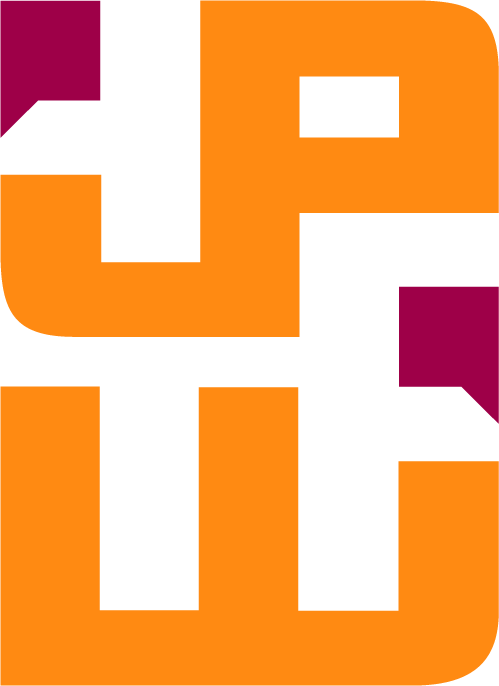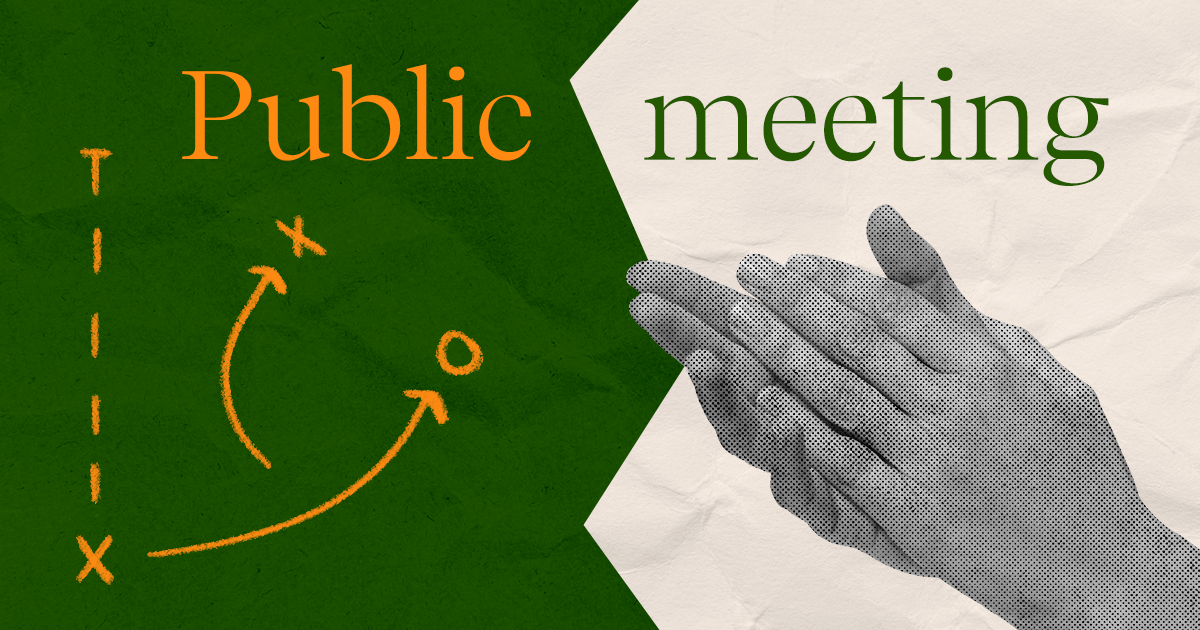Our game plan for engaging public meetings
BY LESLIE SPRING
Let’s be honest: public meetings do not always spark joy. (Unless you're our Senior Vice President Susanne Bankhead who lives for them, but that's a story for another day.) For most government agencies, these events bring to mind folding chairs, obligatory refreshments, and that one person who shows up at each meeting and "cares loudly" at your agency, every single time. And in a strange twist of fate, sometimes her name is actually Karen. True story.
Public meetings are messy, unpredictable and deeply human. And we love helping our clients do it better. Done right, they’re not just a box to check. Instead, they’re an opportunity to build trust, share information and invite real dialogue about the issues that shape our communities.
So how do you move from ho-hum to high-impact? It all starts with a game plan grounded in strategy, transparency and purpose.
Start with the “why”
Before you book a room or create a flyer, get clear on your objective for the meeting. Are you sharing project updates? Collecting input? Co-creating solutions? The International Association of Public Participation (IAP2) offers a helpful guide for establishing public participation objectives: the Spectrum of Public Participation. It ranges from Inform to Empower, and each level requires a different approach and includes a corresponding promise to the public.
Here's the cheat sheet:
Inform: “We’re keeping you in the loop.”
Consult: “We want your feedback.”
Involve: “You’ll help shape the process.”
Collaborate: “We’re working together.”
Empower: “The decision is yours.”
Knowing where you are on the spectrum helps set realistic expectations for you and your audience. In our experience, seeking alignment with internal audiences is often the most difficult part of the process.
Build the meeting around your audience
Spoiler: Not everyone loves PowerPoint. Or showing up to a meeting, only to have the agency "talk at you" for 45 minutes before engaging with the audience. If you want people to show up and engage, design your meeting with audience in mind. Consider:
Hosting at a convenient time and accessible location with virtual options
Offering translation services, activities for children and light refreshments
Integrating strategies into your meeting design that encourage discussion and two-way dialogue including facilitated discussions, breakout groups, live polling (hello, Slido!) or interactive sticker charts of concerns
Meeting people where they are, literally and figuratively, signals that their voice matters.
Be radically transparent
Trust doesn’t come from perfect projects. It comes from honest communication. Share the facts, explain the constraints, and be clear about what’s on the table for input with the community. If a decision is already made, say so. If you’re still shaping the plan, explain how input will be used and follow up to show the impact.
Engage early and often
A single meeting isn’t true engagement. It’s an event in a comprehensive process. The most successful efforts weave in public input throughout the process from kickoff to final ribbon-cutting. Use digital tools to complement in-person moments, send updates between milestones and treat community members like partners, not just attendees.
End with impact
Don’t let the meeting be the last word. Recap the meeting, outline next steps, and commit to closing the feedback loop by sharing what feedback was provided and how it's being used (or not used!) in the decision making process.People are more likely to stay engaged when they see how their voice influenced the outcome—even in small ways.
At JPW, we believe that public meetings can be powerful, productive and even enjoyable. When rooted in transparency, designed with intention, and aligned with IAP2 best practices, they can transform more than just projects; they can transform relationships and build trust between agencies and the communities they serve.
Want help building your next engagement game plan? We’re just a (well-designed) comment card away.

